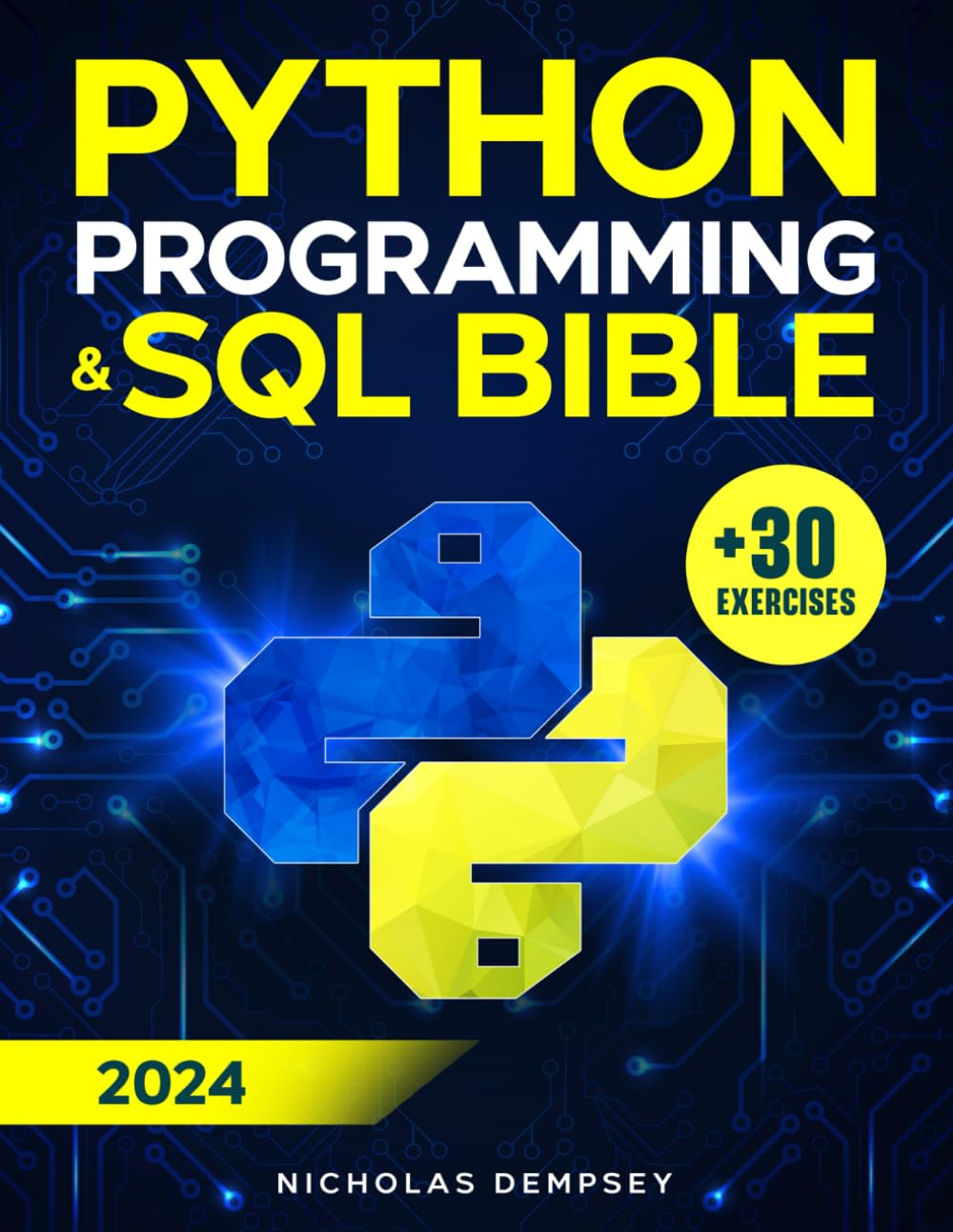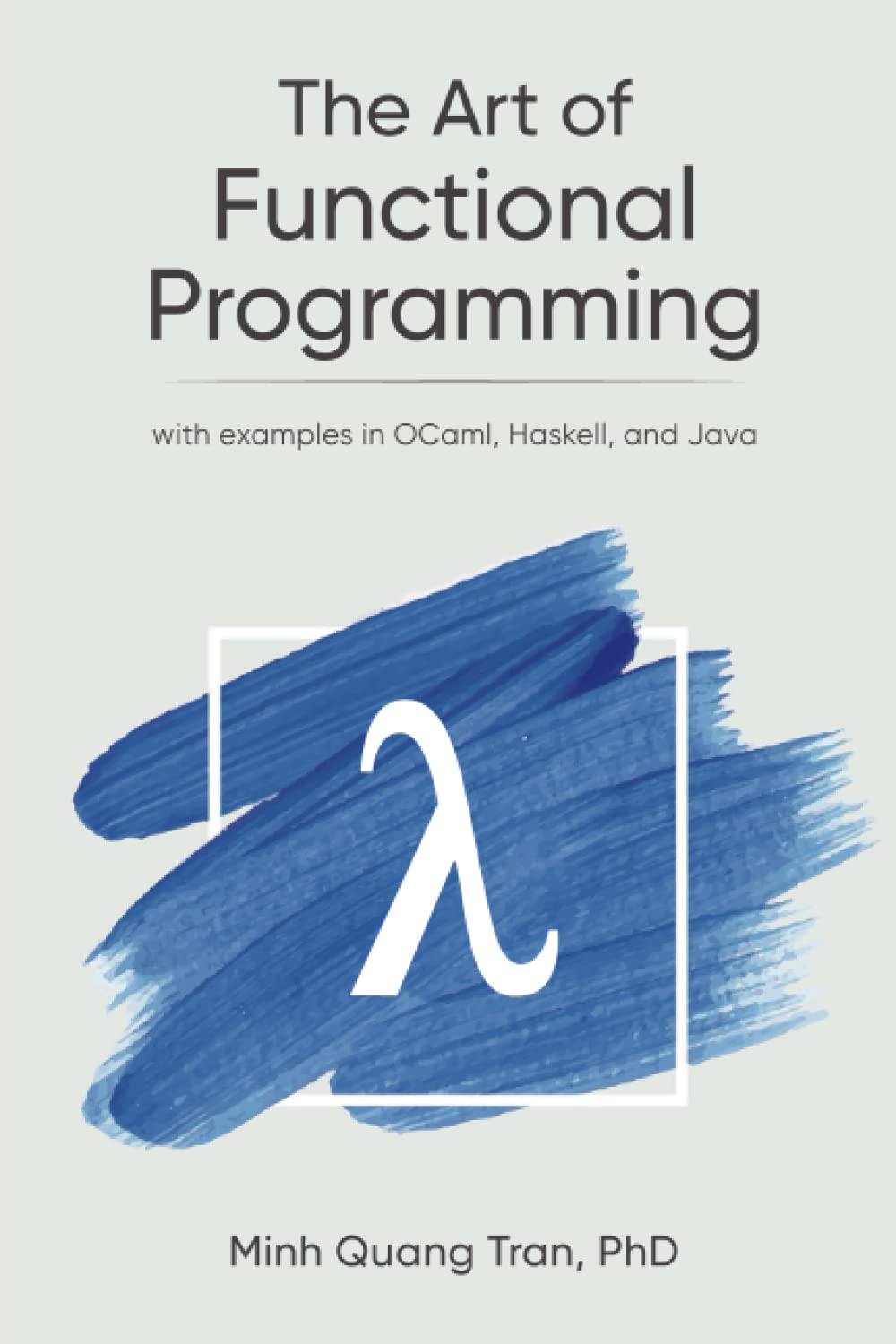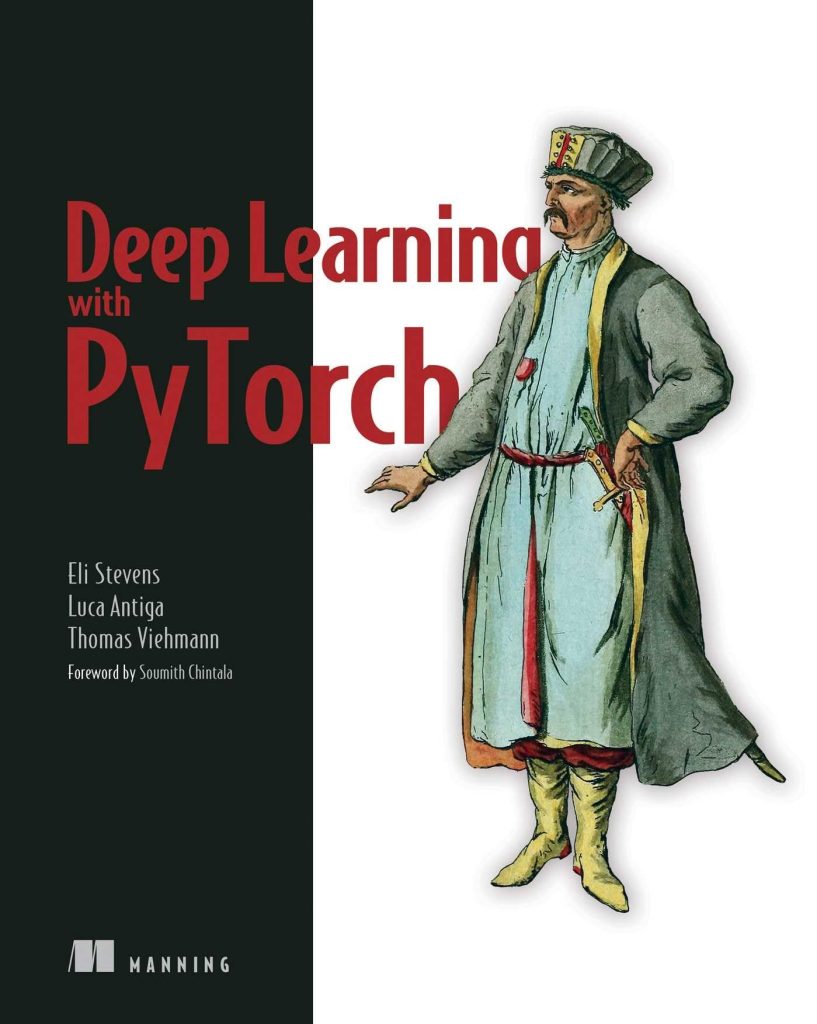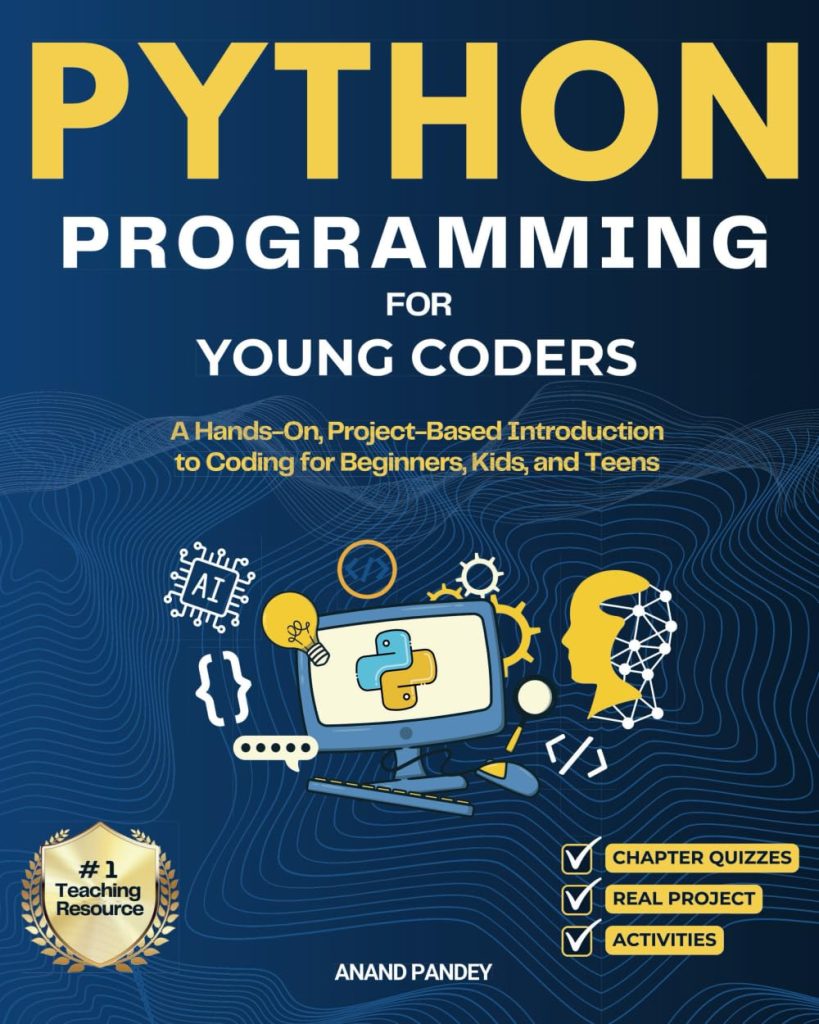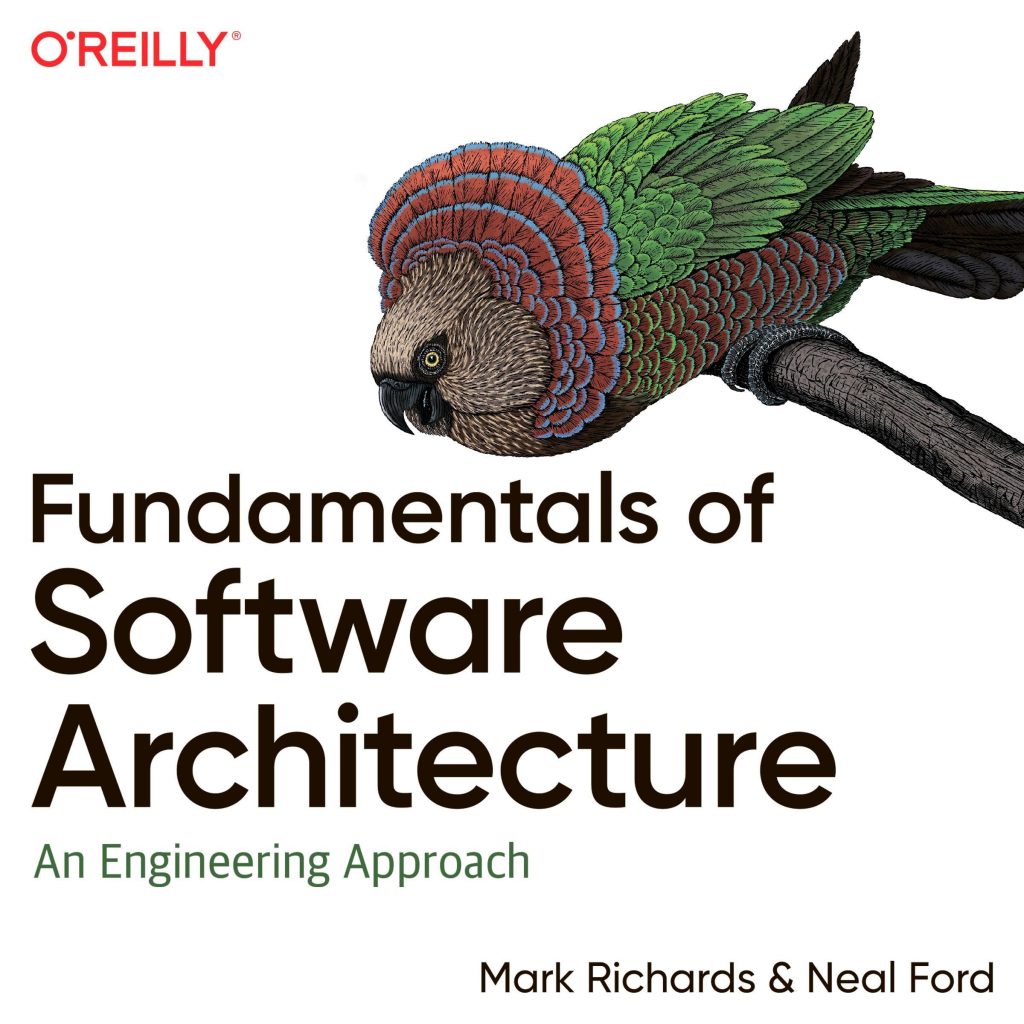PHP and Dependency Management: Composer
Composer is a powerful tool for dependency management in PHP. It allows you to declare project libraries and manages them on a per-project basis. By creating a `composer.json` file, you can define dependencies and run commands like `composer install` or `composer require` to manage packages efficiently. Composer simplifies PHP project development.



